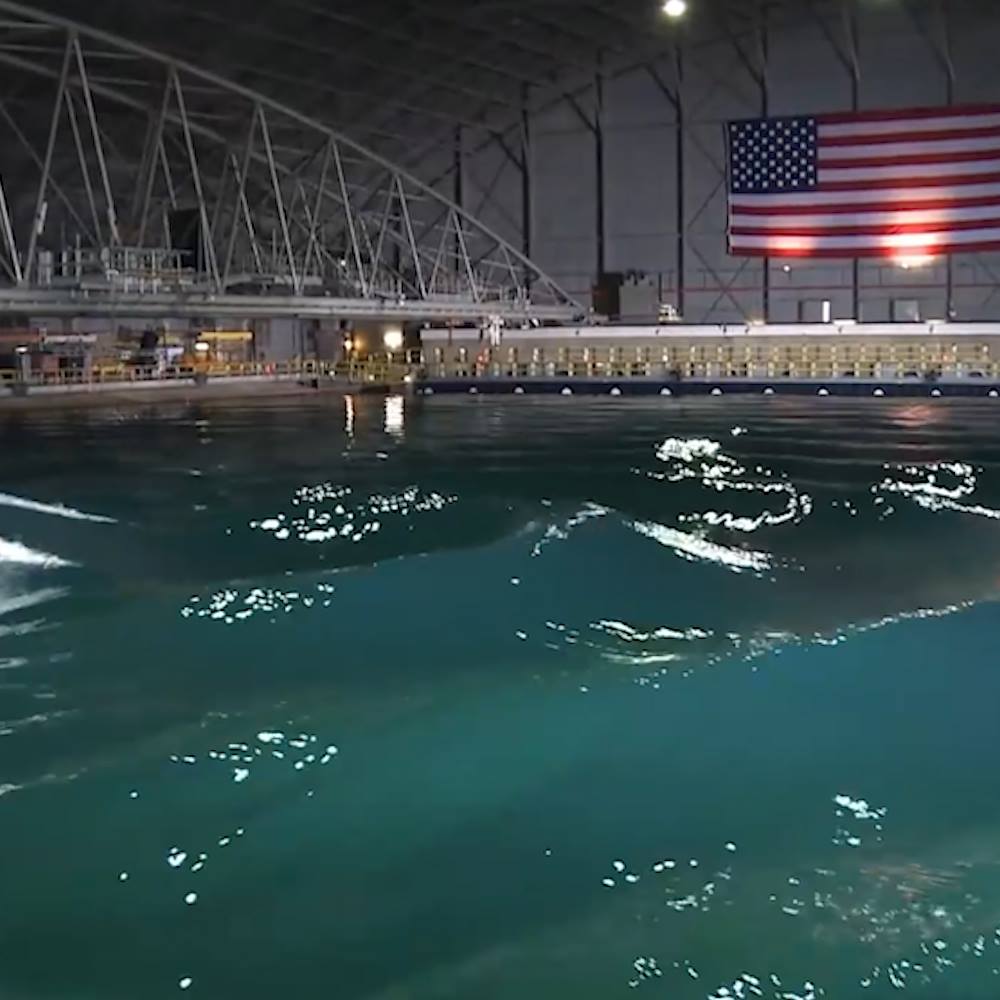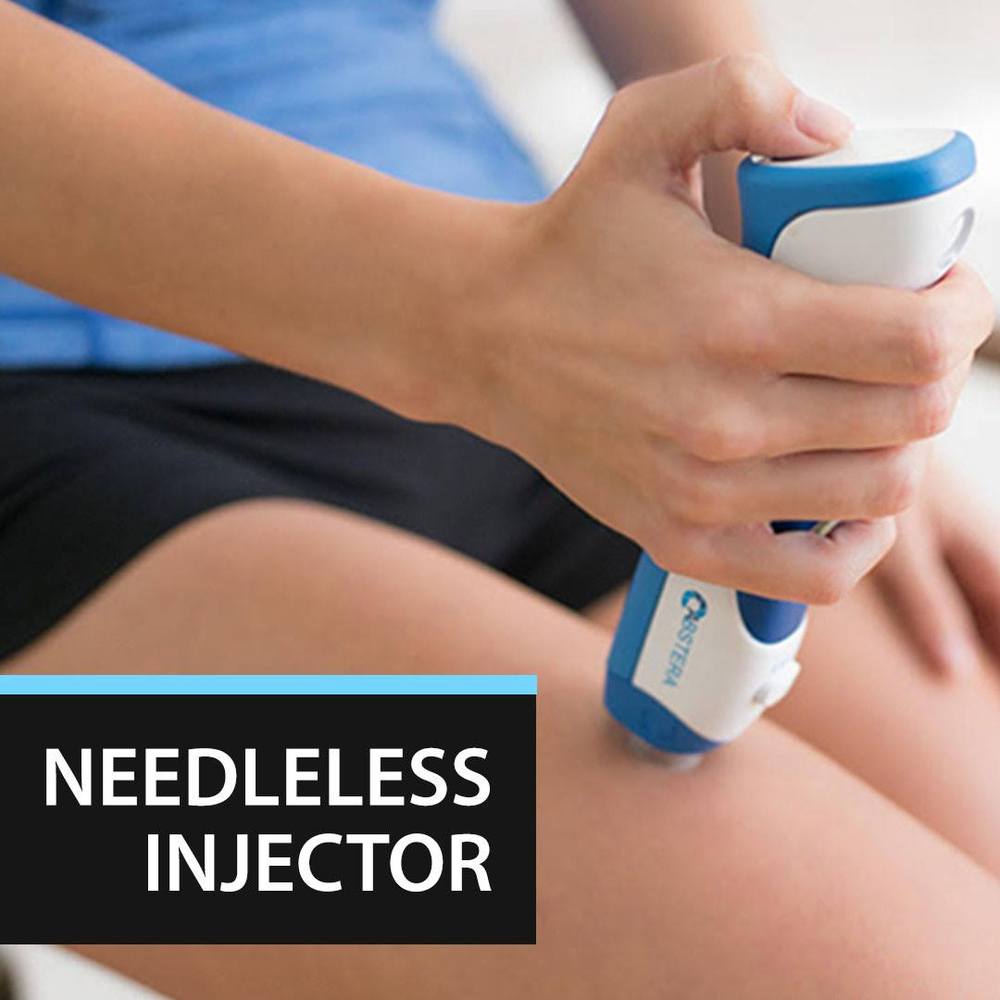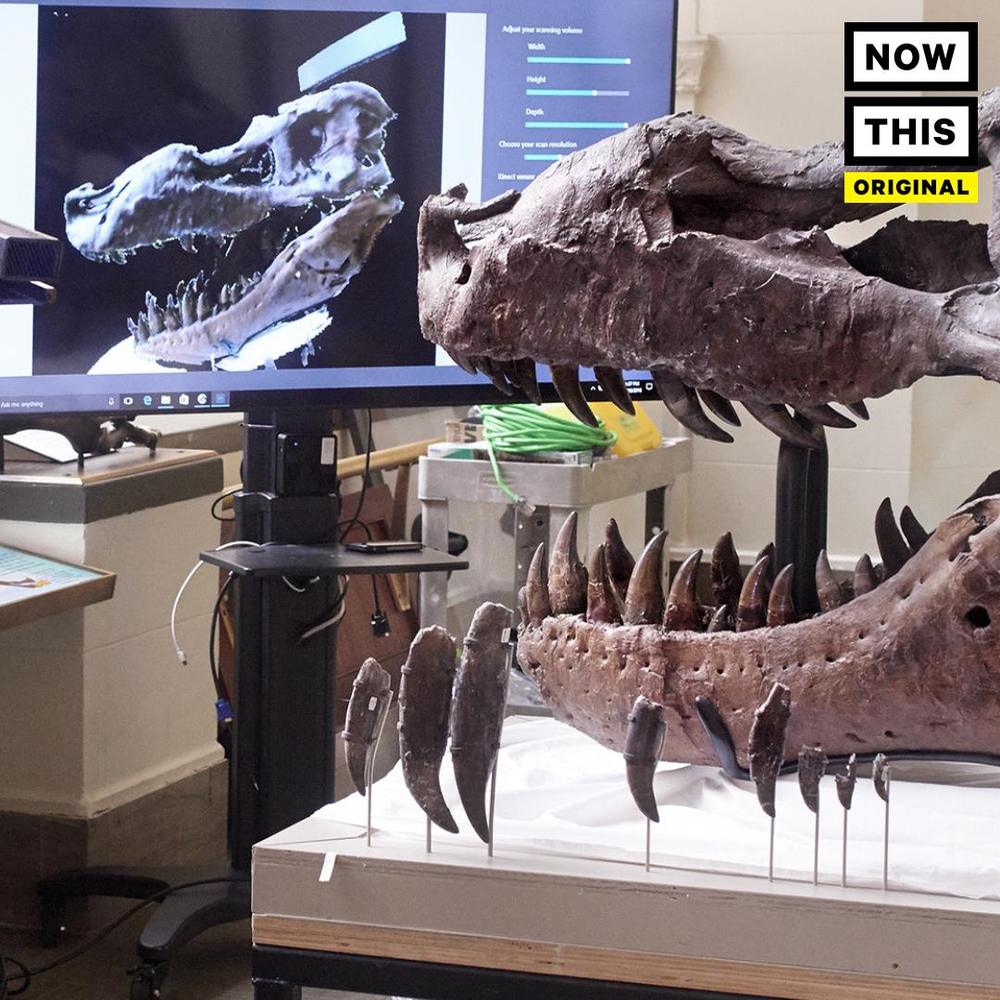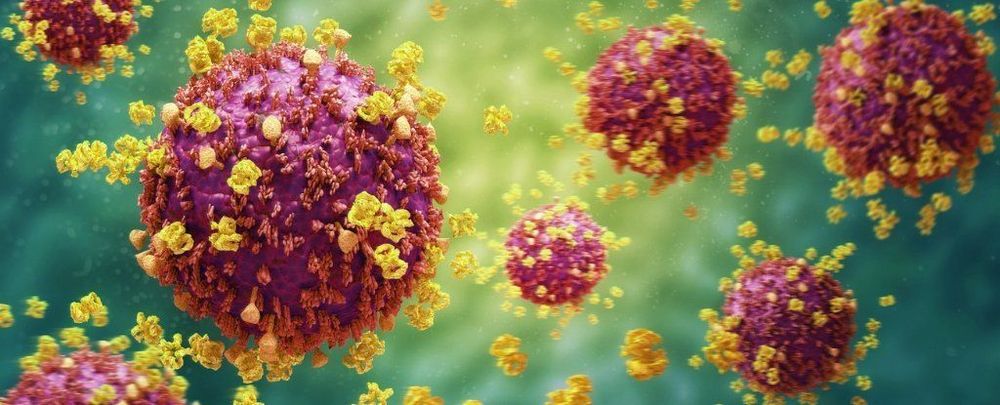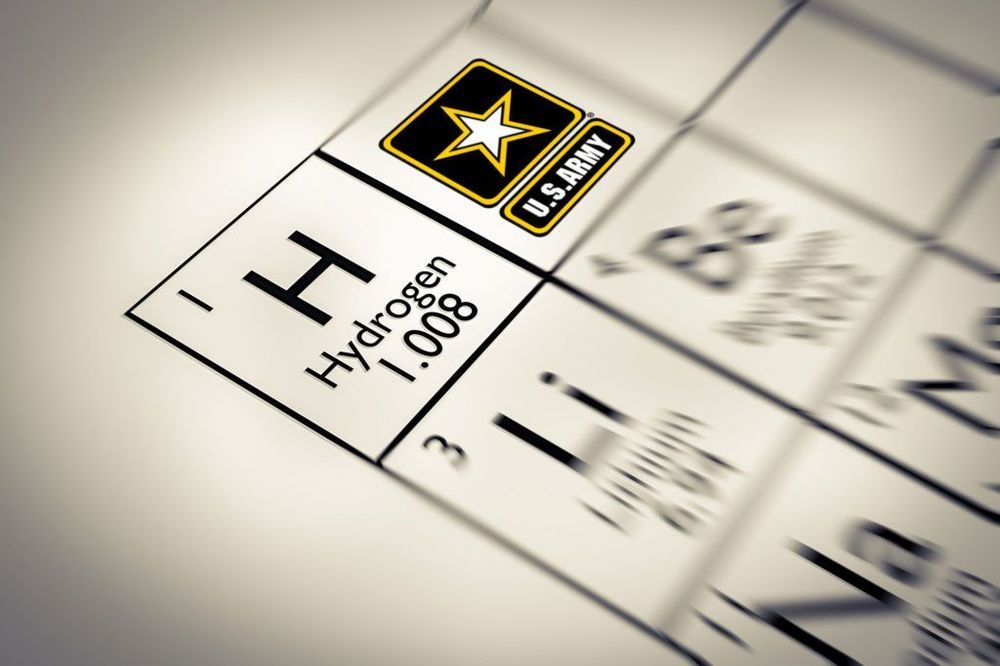Page 7621
Jul 17, 2019
This injector can administer medication entirely without needles
Posted by Shailesh Prasad in category: futurism
Jul 17, 2019
Australian Researchers Have Just Released The World’s First AI-Developed Vaccine
Posted by Shailesh Prasad in categories: biotech/medical, information science, robotics/AI, space
A team at Flinders University in South Australia has developed a new vaccine believed to be the first human drug in the world to be completely designed by artificial intelligence (AI).
While drugs have been designed using computers before, this vaccine went one step further being independently created by an AI program called SAM (Search Algorithm for Ligands).
Flinders University Professor Nikolai Petrovsky who led the development told Business Insider Australia its name is derived from what it was tasked to do: search the universe for all conceivable compounds to find a good human drug (also called a ligand).
Jul 17, 2019
U.S. Army Hydrogen-Generation Discovery May Spur New Industry
Posted by Klaus Baldauf in categories: energy, military
ABERDEEN PROVING GROUND, Md. — Army officials announced the exclusive licensing of a new technology designed to harvest hydrogen from an aluminum alloy powder and any fluid that contains water.
“This is on-demand hydrogen production,” said Dr. Anit Giri, a materials scientist at the U.S. Army CCDC Army Research Laboratory at Aberdeen Proving Ground, Maryland. “Utilizing hydrogen, you can generate power on-demand, which is very important for the Soldier.”
Army researchers discovered a structurally-stable, aluminum-based nanogalvanic alloy powder in 2017, which reacts with water or any water-based liquid to produce on-demand hydrogen for power generation without a catalyst.
Jul 17, 2019
Team efficient microchip
Posted by Richard Christophr Saragoza in categories: biotech/medical, computing, health, mobile phones
Researchers at MIT and Texas Instruments have designed a new chip for portable electronics that could be up to 10 times more energy-efficient than present technology. Given its reduced power consumption, the new chip could lead to cell phones, handheld computers, and remote sensors that last far longer when running from a battery.
Indeed, the power required could be so low that implantable medical devices such as pacemakers and health monitors could be powered indefinitely by a person’s body heat or motion—no battery needed.
According to Anantha Chandrakasan, the Joseph F. and Nancy P. Keithley Professor of Electrical Engineering, the key to the improvement in energy efficiency was finding ways to make the circuits on the chip work at a voltage level much lower than usual. While most current chips operate at around 1.0 volt, the new design works at just 0.3 volts.

